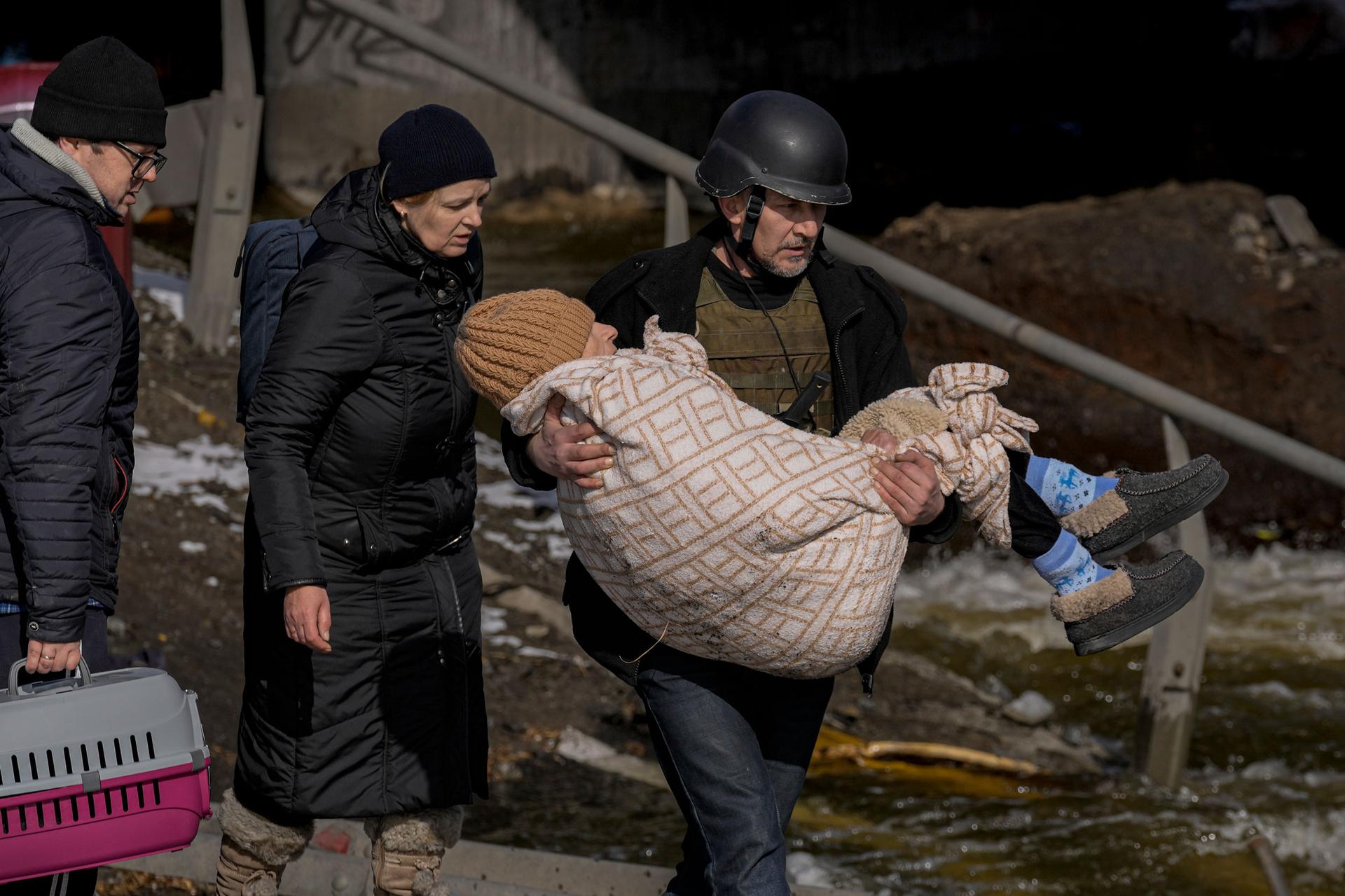This analysis was featured in Critical State, a weekly foreign policy newsletter from Inkstick Media. Subscribe here.
Russia’s invasion of Ukraine is, in the dry parlance of defense planners, an instance of a major power attacking a medium power. The war continues to grind on, with Ukraine’s military resilient and Russia’s struggling more than expected, and unfolding as every war does into a major humanitarian crisis. As the military complexes of the United States, China, and Russia look for battlefield lessons from Russia’s military adventure, authors Brittany Card, Rob Grace, and Tarana Sable argue that humanitarian policymakers and practitioners need to start adapting now to handle wars on the scale expected in the future.
Related: The company and the state: Part I
The modern complex of humanitarian organizations are largely a post-war creation, adapted from constituent parts and built in the wake of World War II into what exists today. What Card et. al. suggest is that the humanitarian enterprise is in a kind of prewar space too. The wars fought since 1945 have been horrific, and many 21st century wars exceeded the scale of violence of high-profile conflicts like Russia’s invasion of Ukraine, but even with those caveats, nothing in living memory has matched or exceeded the challenges of humanitarian provision in a world war.
Related: The company and the state: Part II
One major hurdle expected is that, increasingly, more of the population of the world lives in cities. As sieges from Aleppo to Mariupol have shown, urban terrain confers some immediate tactical advantage to defenders, and it also encourages besieging powers to devastate the urban environment. Humanitarian corridors can let some civilians trade the peril of life under siege for the peril of life as a refugee, but even access to humanitarian corridors may be impossible to get if the besieging power refuses to allow it.
One research participant told the study that “Humanitarian access ‘would indeed be extremely challenging, especially from a UN-related humanitarian response, because it is intrinsically tied to member state interests, to member state political will, and the bodies that go along with it. How the UN system is set up is that a certain group of member states have a large say on how things happen.’”
Indeed, the exact structure of the UN, built to secure the post-war peace, could be the hinge around which another world war breaks. Another participant told the study that a “large-scale conflict between P5 Security Council member states ‘is an existential threat to the order of what has governed humanitarianism. It’s a major collapse of the foundations we take for granted.’”
The present balance of humanitarian provision to victims of war hinges on agreement or at least acquiescence of great powers to such acts of mercy. What can be done in the event that acquiescence is lacking?
One suggestion is to ensure that militaries plan for humanitarian relief at the same time that they plan for war. Another avenue to explore is preparing for relief work with analog tools, like paper maps and radio-to-radio connections, in case global communications are destroyed or disrupted in a major war. Whatever form the planning might take, the authors argue that for relief work to continue in the event of a world-shaking war, the people responsible for delivering relief should prepare advance plans to ensure that at least some comfort gets through to those in need.
Critical State is your weekly fix of foreign policy analysis from the staff at Inkstick Media. Subscribe here.
